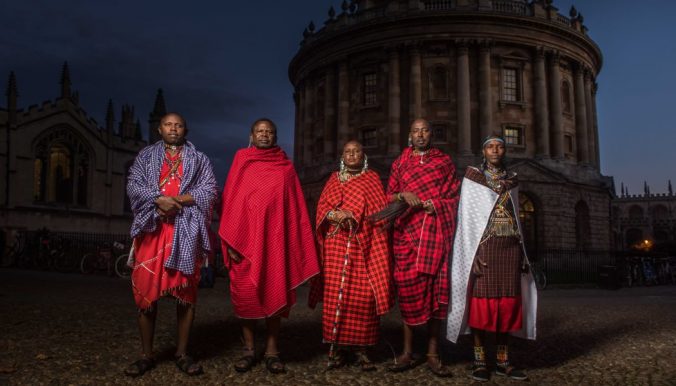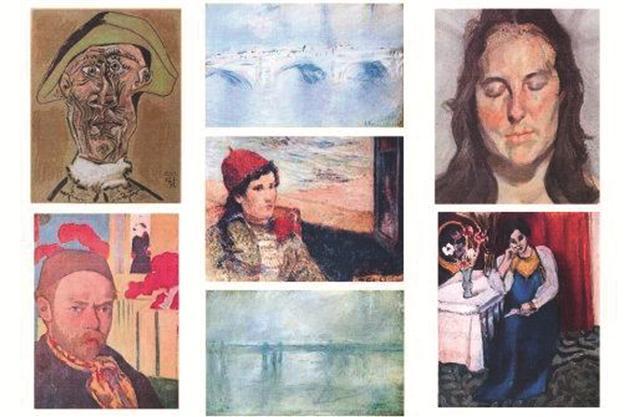Greetings readers! Here is the national jobs roundup for the week of December 3rd:
Northeast
Facilitator [Tsongas Industrial History Center/ UMass Lowell- Lowell, MA]
Manager of Youth and Family Programs [Greenwich Historical Society- Cos Cob, CT]
Vice President of Experience [EcoTarium- Worcester, MA]
Supervisory Museum Curator [JFK Library and Museum- Boston, MA]
Collections and Exhibition Technician [The Boston Athenaeum- Boston, MA]
Director of Development [Florence Griswold Museum, Old Lyme, CT]
Traveling Science Workshops Teacher [Discovery Museum, Acton, MA]
Mid- Atlantic
Public Programs Manager [New York Transit Museum- NY, NY]
Assistant Manager of Professional Learning [NY Historical Society- NY, NY]
Director of Advancement [Cooper Hewitt- NY, NY]
Southeast
Director of Education [Chrysler Museum of Art- Norfolk, VA]
Midwest
Membership Manager [Grand Rapids Art Museum- Grand Rapids, MI]
Assistant Curator [Chicago History Museum, Chicago, IL]
West
Coordinator for School Programs and Teaching Resources [Denver Art Museum- Denver, CO]
Director of Development [Bay Area Discovery Museum- Sausalito, CA]
Manager, Traveling Exhibits [Royal Ontario Museum- Toronto, Canada]
PR/Marketing Manager [Buffalo Bill Center of the West- Cody, WY]
Museum Educator [Western Gallery- Bellingham, WA]

